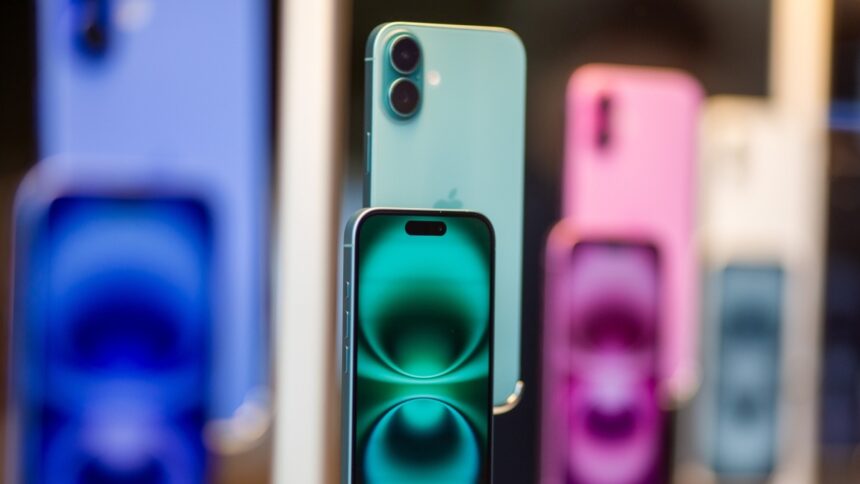The Optimal Timing for Purchasing an iPhone
While summer is ideal for beach outings, it’s not the best time to invest in a new iPhone—particularly the flagship version. Historically, Apple unveils new models in mid-September. If trends continue, the iPhone 17 series is expected to launch this autumn, prompting a shift in Apple’s pricing strategy that will reduce the cost of earlier models.
If you can tolerate that cracked screen a bit longer, you’ll be in a perfect position to either acquire the latest version or pay a reduced price for an older model. However, if there’s an urgent need for an iPhone this summer, and top specifications are not a priority, one particular model stands out as a prudent choice.
September: A Time for New Apple Releases
Although no official date has been set for Apple’s upcoming iPhone event, there is considerable speculation that the iPhone 17 will be announced on either Tuesday, September 9, or Wednesday, September 10, with sales following about a week later. This annual cycle has been consistent: the iPhone 16 series (which includes the iPhone 16, 16 Plus, 16 Pro, and 16 Pro Max) was launched on September 20, 2024. Prior releases include the iPhone 15 series on September 22, 2023, and the iPhone 14 series on September 16, 2022.
While there have been exceptions—such as the iPhone 12 being introduced in October 2020 (largely due to the pandemic) and the iPhone X launching in November 2017 despite its September announcement—mid-September remains a reliable timeframe for new iPhone unveilings.
Projected Price Adjustments Post-iPhone 17 Release
If acquiring the latest phone is a must, waiting until September is advisable—you wouldn’t want to purchase Apple’s top-tier model only to see the latest version arrive shortly after. For those who prefer a more budget-friendly second-tier model, it’s still wise to hold off until Apple’s anticipated announcement in September.
Upon the announcement of a new model, prices for older iPhones typically see an immediate drop. While it’s impossible to predict the exact decrease, last year’s unveiling of the iPhone 16 resulted in a $100 price reduction for the iPhone 15, a pattern that has been evident in recent generations.
It’s plausible that prices for the iPhone 17 series may surpass those of the iPhone 16 series at launch. It’s been five years since Apple last increased its phone prices, and historically, the company has not refrained from raising prices for more than six years on standard models. The amount of the increase, however, is unpredictable; for instance, Apple raised the prices of the iPhone 7, 8, and XR by $50 in successive years around 2017, while the iPhone 12 saw an increase of $130 in 2020.
The Impact of Tariffs on Future iPhone Costs
In short, the situation remains uncertain. Former President Trump indicated that Apple could face a 25% tariff on iPhones manufactured outside the U.S., which would likely lead to price increases for consumers. Nevertheless, there have been conflicting statements about tariff exemptions for smartphones, leaving the implications of tariffs on iPhone pricing unclear.
A Reliable iPhone Option for Immediate Purchase
If an immediate purchase of an affordable iPhone is necessary, the iPhone 16e presents an excellent option. Apple’s SE models are released sporadically, with previous versions debuting in 2016, 2020, and 2022. Since the iPhone 16e was launched in February this year, its price of $599 is likely to remain stable for some time, and it is considered an exceptional value for the features it offers.












